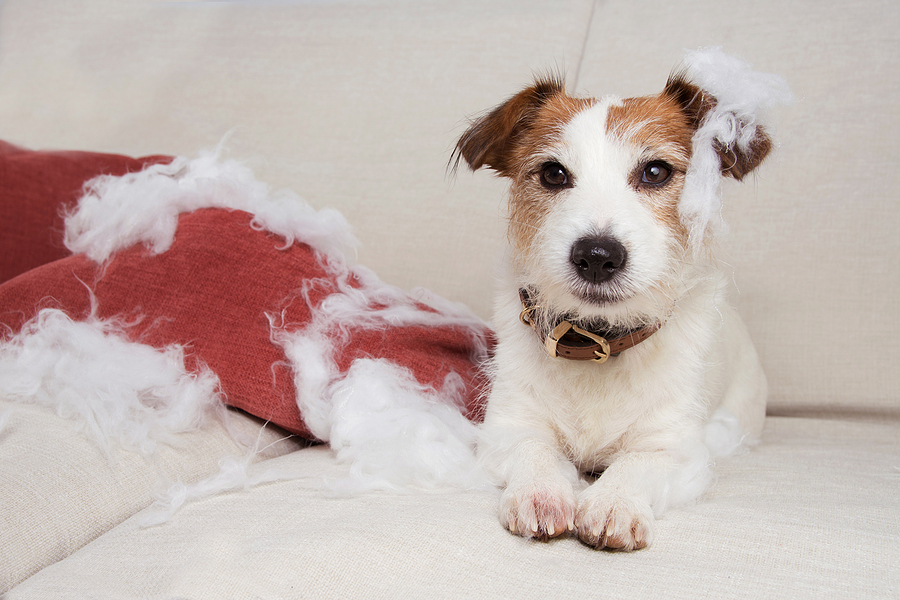Separation anxiety is a fairly common problem for many dogs. If you’re gone for long periods of time during the day, or if your dog is left alone often, they may start to experience separation anxiety. However, there are things you can do to help your pooch feel safe and secure when you’re not around. Dog training for separation anxiety can be an effective solution but before we jump into that, let’s explore some reasons your dog is experiencing separation anxiety.
Causes of Separation Anxiety
There are a number of reasons your dog may start to experience separation anxiety. One reason is a change in routine. If you used to work from home but have recently started going into an office, or if you’ve changed jobs and are now working longer hours, your dog may become anxious because they’re used to having you around all the time. Other causes include changes in the family (such as a divorce or a new baby), a move to a new house, or the loss of another pet in the family.
Signs of Separation Anxiety
There are several signs that may indicate that your dog has separation anxiety. They may bark or howl when you leave them alone, or if confined, they may try to escape from their crate or room. They may also pace back and forth, pant excessively, chew on furniture or objects, have accidents, or become withdrawn and depressed. If you notice any of these signs, it’s important to take action right away.

How to Help a Dog with Separation Anxiety
The goal of dog training for separation anxiety is to help your pooch feel confident and secure when left alone. Moderate to severe cases of K9 separation anxiety may require professional training. However, here are some tips that can help ease your dog’s anxiety and help them remain calm while you are away.
Practice Makes Perfect
The best way to help your dog with separation anxiety is through training. Getting them used to being alone takes practice. Start by leaving them alone for just a few minutes at first, then gradually increase the amount of time you’re gone.
Don’t Make a Fuss
Many dog owners make a fuss over their dogs when leaving the house or returning home. However, for a dog that has anxiety about being left alone, this only makes it worse. When it comes to dog training for separation anxiety, it’s best to act like your comings and goings are no big deal.
Keep Them Occupied
It’s also important that your dog has plenty of toys and bones to keep them busy as well as enough food and water while you’re away. You may want to try toys that have a treat compartment. Your dog will be so focused on getting the treat out that they won’t even notice you’re gone.
Make Them Tired
Exercise is also an important factor in dog training for separation anxiety. Take your dog for a long walk or play a rousing game of fetch before you go out. If you wear them out before you leave the house, they will likely sleep most of the time you are away.
Be Consistent
This can be a challenge with today’s busy lifestyles but whenever possible, be consistent with your comings and goings. If you usually leave at 8 am every weekday and return at 5 pm, stick to that schedule as closely as possible so they know when to expect you back.

Professional Dog Training for Separation Anxiety in NJ
If you think your dog may be suffering from separation anxiety, these tips can help your furry friend feel safe and secure even when you’re not around. If you don’t feel like you’re making any progress with your dog’s separation anxiety, it’s time to ask for help.
Beau’s K9 Academy is here to help you properly train your puppy, adult dog, or rescue. We offer dog training services like behavior modification, in-home training, puppy training, and even advanced search and rescue training. Contact Beau’s K9 Academy today.

